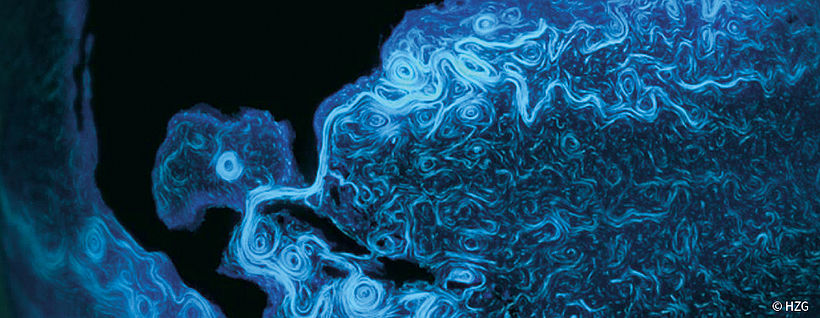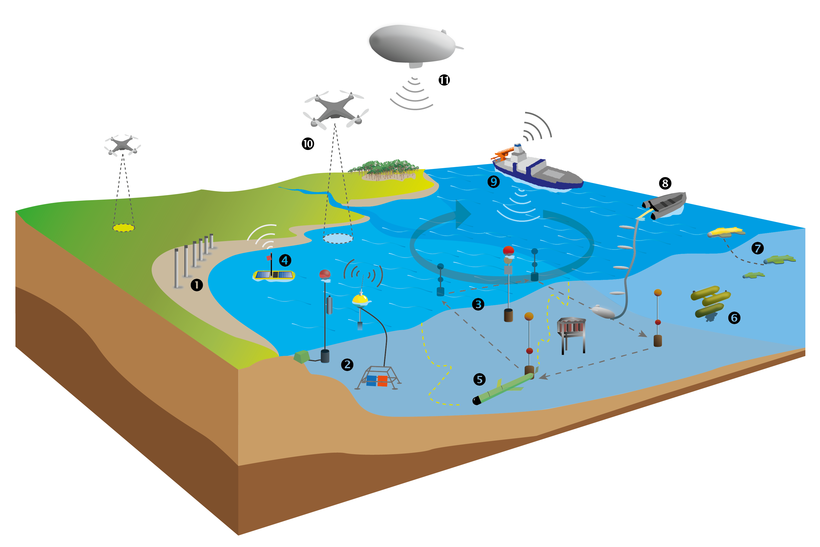
Event Campaigns
Ocean eddies with diameters of a few hundred meters to a few hundred kilometers occur in the entire world ocean. Event campaigns will focus on areas where the different scales interact and where the physical dynamics are closely linked with biogeochemical and biological processes. They cover areas of typically 20 km by 20 km, observing water depths of several hundred meters, thus connecting surface processes with the deeper ocean. These campaigns will take from several weeks to a few months. To target ocean eddies, satellite data as well as airborne remote sensing information will be evaluated before and during the campaigns.

During the implementation phase from 2017 to 2021, a first concerted field deployment is planned at the Cape Verde archipelago off West Africa, an ocean region of key climatic, oceanographic and biogeochemical relevance with enhanced eddy activity. This region is known as a hotspot of ocean productivity and biodiversity and is a showcase for the impact of anthropogenic forcings on ocean warming, acidification, and deoxygenation. Therefore, it is an ideal site to study the interaction of open ocean mesoscale eddies with submesoscale eddies forming at their edges. The 10-year observations at the Cape Verde Ocean Observatory (CVOO) will be used to compare the role of single eddies as distinct events with long-term trends. A second test campaign is planned to take place in the Gulf of Lyon, France, during the formation of Mediterranean deep water.

